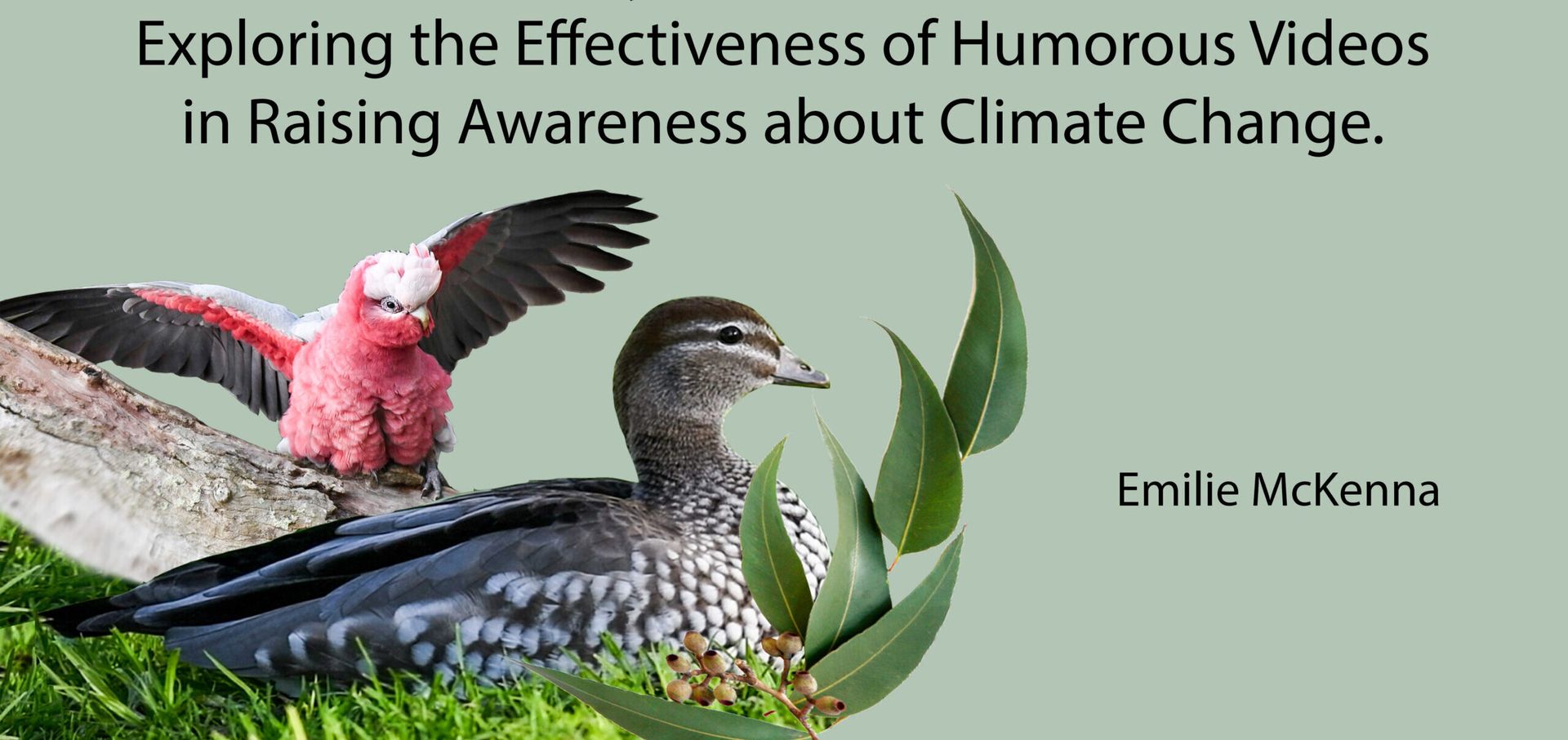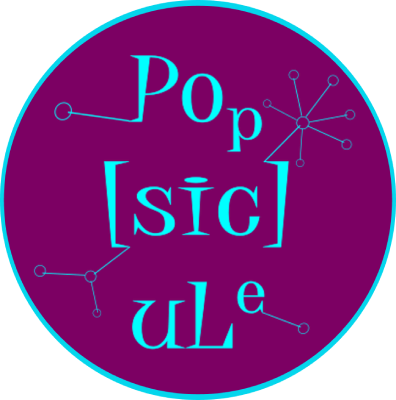
By Emilie McKenna – A ‘Science & Humour’ Project (extract, SCOM2006, 2023)
In a time when environmental issues and climate change science are becoming increasingly essential yet difficult to understand, effective communication and education methods are crucial. As such, I created a short nature documentary that employs anthropomorphism and wordplay humour to explore the impact of climate change on Australian animals. This is a creative tool for engaging audiences with wildlife conservation and climate change science. My SCOM2006 project explores how a nuanced relationship between anthropomorphism, humour and science communication can allow for an enjoyable and relatable science communication product addressing a broad online audience that can be used to communicate the impact of climate change, why it is important to know about it and ultimately advocate for positive change.
UNPACKING ANTHROPOMORPHISM
Anthropomorphism is often criticised for its potential to oversimplify scientific concepts; however, it can serve as a bridge between complex ideas and audience understanding. Wood (2019) highlights the educational potential of anthropomorphism, explaining that it satisfies humans’ inherent desire to grasp unfamiliar topics through relatable narratives. By attributing human characteristics to animals, my documentary capitalises on this cognitive inclination, making climate change’s intricate ecological interactions and repercussions more understandable and relatable for the audience. As a result, my nature documentary can be used to communicate climate science without being too overcomplicated and allowing for the audience’s connection with the concepts. This can enable my documentary to find audiences online. Social media platforms such as TikTok and Instagram offer avenues to share bite-sized clips from the documentary, delivering short yet impactful messages about the effect of climate change on wildlife. These snippets rooted in scientific facts have the potential to spark conversations and inspiration for individuals to seek out more information. By capitalising on the entertaining and educational aspects of the documentary, it can reach a diverse and global audience on social media.
Wood’s (2019) assertion also counters concerns that anthropomorphism leads to oversimplified misconceptions. While it is crucial to exercise caution in balancing scientific accuracy and imaginative storytelling, the potential benefits of aiding audience comprehension should not be dismissed hastily. My documentary creates this balance by incorporating anthropomorphism and scientific precision, offering viewers an entertaining yet informed perspective on climate change’s effects on Australian wildlife. This scientific accuracy and humour balance can make this documentary a springboard for broader outreach initiatives. For instance, the documentary could be accompanied by interactive workshops in schools where students are encouraged to discuss the scientific concepts presented while discussing their favourite animal characters. This approach aligns with Wood’s (2019) perspective on anthropomorphism, providing students with a relatable entry point into understanding climate change science.



HUMOUR FOR CHANGE
Nuanced and responsible use of humour in science communication allows for enhanced engagement, making complex subjects more approachable. My documentary draws on and ‘applies’ the findings by Chan and Udalagama (2021) that positive and non-violent humour elicits a more positive and responsive audience. Additionally, by incorporating wordplay alongside anthropomorphism (Yeo et al., 2020), the film resonates more with the audience. It increases its reach, appealing to younger audiences drawn to animal characters and older audiences appreciative of wittier comedic elements (cf. Yeo et al., 2020).
The documentary’s use of animal references resonates with the findings of Whitley and Kalof (2014), who emphasise that animals serve as essential tools in conveying messages about climate change. Humanising animals through anthropomorphism fosters emotional connections, enhancing the audience’s investment in the subject matter. By humanising animals and attributing their struggles to climate change, my documentary encourages viewers to reflect on their responsibilities in preserving the environment. Through this emotional connection with wildlife, my documentary could be incorporated into more public educational spaces such as nature reserves, conservation centres and zoos. By screening the film in these settings, visitors of all ages can learn about the ecological challenges facing Australian animals while forming emotional connections through anthropomorphism. Interactive displays and discussion panels could further enhance the visitor experience, encouraging conversations about conservation efforts and fostering a sense of responsibility.
In conclusion, the documentary’s combination of humour, anthropomorphism, and science offers a creative approach to raising climate change awareness. Beyond its use as an educational film, it holds potential for interactive education in schools, shareable social media content, and immersive experiences in conservation settings. My documentary uses anthropomorphism to simplify complex concepts, foster emotional connections, and empower action. Ideally, this creative project allows for an exciting and multifaceted approach to science communication, inspiring understanding, empathy, and a desire for action in safeguarding our natural world.





